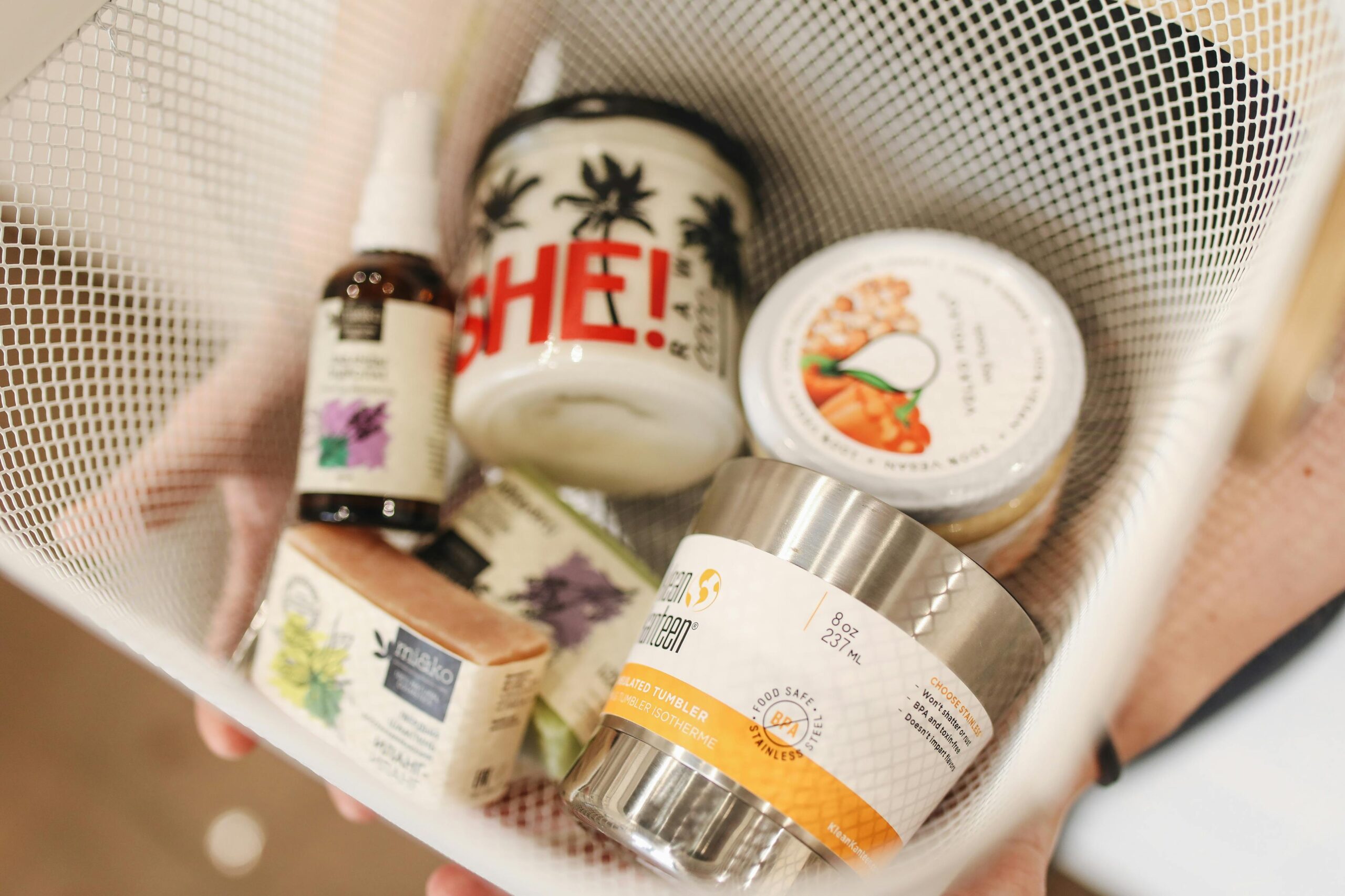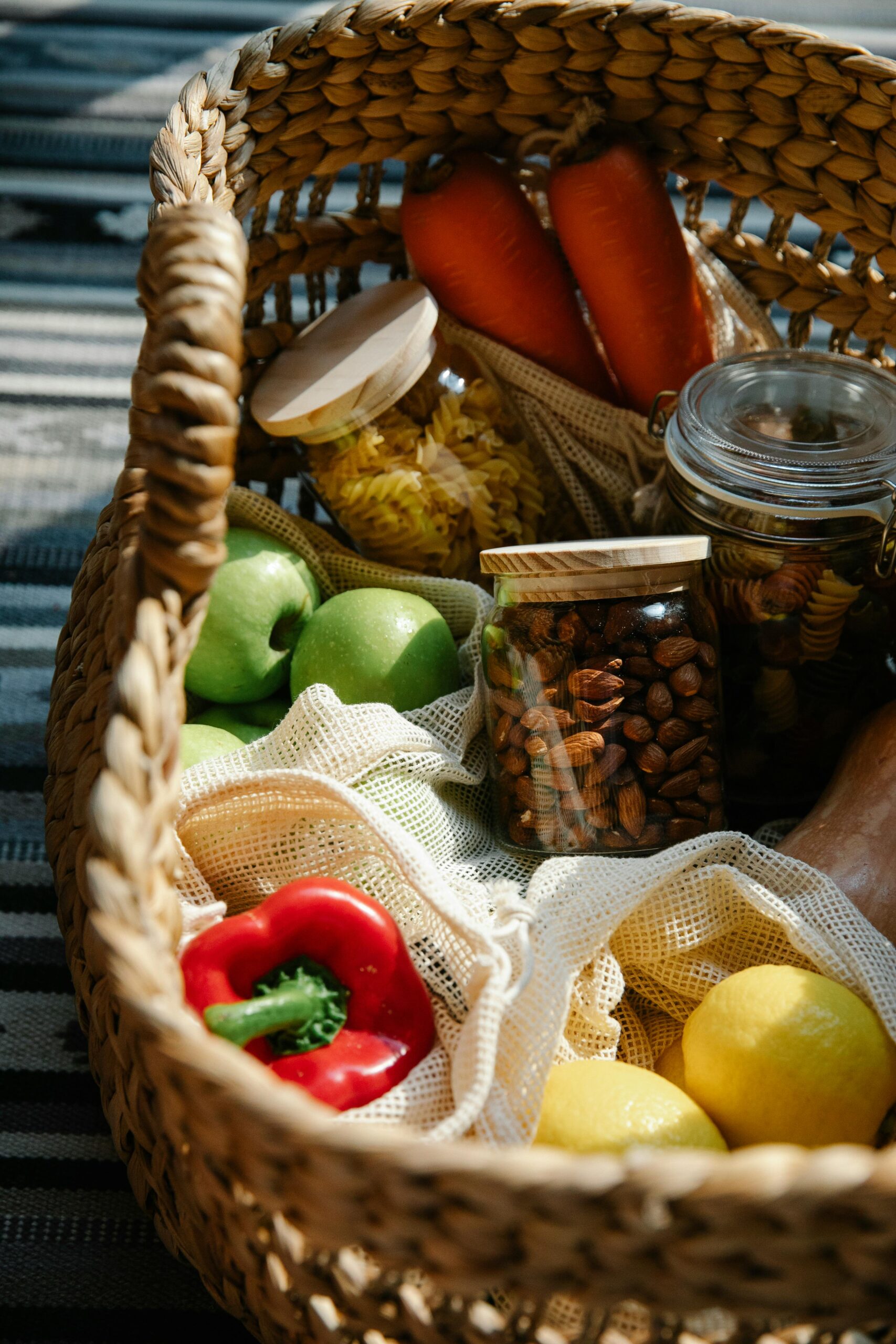
Photo by Polina Tankilevitch
By Aalok Bhatt
There is a new sustainable trend popping up around the country. As consumers become more eco-conscious, zero-waste stores can now be found in all 50 states. Offering natural products that have an end-of-life plan, they are free of single-use plastics, compostable, refillable, and reusable. Stores achieve this through a “closed-loop” system, where they reuse components in the production, sale, and distribution process, thus generating minimal to no waste.

Photo by Sarah Chai
Sustainable Haus Mercantile, located in Summit, New Jersey, is one such store. They are a small zero-waste store selling a variety of innovative, reusable products which are produced sustainably. One of the store’s notable features is that it does not provide for products like shampoo, conditioner, and liquid soap. Instead, shoppers bring containers and refill them from the large containers at the store. This process eliminates the need for plastic packaging and bottles. They also have a huge selection of bars that require no special containers.
According to Sustainable Haus founder Janette Spiezio, the recycling process is flawed for many reasons. “People think of recycling as you take a plastic container, you break it down into little bits, and then you make it into a new container. That would be true recycling. However, that’s not what happens.” Why? It’s a contamination issue: according to CleanRiver Recycling Solutions, “Contamination… can undermine all the effort and good habits of others. This means that even if 95% of the users are correctly tossing items into the bin, just one person incorrectly separating their waste will place the entire collection at risk of being nonviable and sent to landfill.” And contamination doesn’t just refer to incorrect items in the recycling bin; residue or waste contaminants on the recycled items can also spoil the batch.
While these issues exist elsewhere, a 2022 report by the National Resources Defence Council identifies the U.S. as a problem country. Despite being one of the largest producers of plastic waste globally, the country only recycles 8.7% of its plastic waste. The remainder is incinerated for energy or tossed in landfills, harming the lower-income communities where these waste management facilities are located.
For Spiezio, the recycling system points to a wider systemic problem of “greenwashing,” in which companies use sustainability practices as a marketing tactic and nothing more. In her view, major corporations are more focused on winning the PR battle than they are on saving the environment. “Just because Walmart uses smaller packaging—that’s good, it’s always good, but it does not make them eco-friendly. When you get all kinds of products wrapped in plastic, and no refill-ability, that is not eco-friendly.”
While more eco-friendly, some of the products available at Sustainable Haus cost more than their disposable counterparts. But Spiezio doesn’t believe there is a higher cost to sustainability. As she sees it, eco-shopping is like an investment: “When you start down the path, you begin to save a lot. Laundry detergent at 13 cents a load for powder is the cheapest… If you spend $34 on a set of reusable napkins, it’s $34. It’s more than $3 or $5 you might spend in the grocery store for paper napkins, but you never have to buy a paper napkin again. And if you don’t buy paper napkins for five years, this is going to be your cheaper option.”
In addition to being affordable and ultimately cost-effective, zero-waste stores are making a difference nationwide. But the impact of these stores is limited if lessons learned from their model aren’t shared widely. For consumers, it begins with pressuring big chains like Walmart and Target to drastically reduce their ecological footprint. Whether or not those efforts are effective, zero-waste stores remain a strong—and increasingly viable—option. There are over 1,300 zero-waste stores in the United States, and the market for zero-waste packaging is expected to double within the next eight years, from $2.35 billion today to $4.63 billion in 2032. The question now is if these numbers will be enough to make a difference.
